📈 Introduction:
Just like shares, an ETF (Exchange Traded Fund) is traded on stock exchanges. A Silver ETF is an ETF that specifically tracks the price of physical silver, allowing investors to gain exposure to silver without having to deal with the physical metal themselves.
Tata Silver ETF, launched by Tata Asset Management, is one of the reputed silver-backed ETFs in India. This ETF allows Indian investors to participate in the global silver market through a cost-effective, transparent, and regulated approach. Whether for portfolio diversification, a hedge against inflation, or a bullish stance on silver's industrial and investment demand, this ETF can be a strategic asset in your portfolio. Let’s explore its structure, returns, and investment strategy.
✅ Key Highlights of Tata Silver ETF:
- Physically Backed Silver: Each unit is backed by real silver stored in professionally managed vaults within India.
- Lower Entry Costs: Invest in silver without the high costs or risks associated with buying and storing physical bullion.
- Daily Liquidity: Buy or sell Tata Silver ETF units anytime during market hours on NSE/BSE.
- Cost-Effective: No making charges, no insurance costs, and no purity risk, leading to a lower total cost compared to physical silver.
- Regulated by SEBI: Managed by Tata AMC under strict regulations, ensuring investor protection.
- Best for Portfolio Diversification: Adds a non-correlated asset to your equity and debt holdings.
- Performance Transparency: NAV is published daily and tracked against silver prices with minimal tracking error.
🪙 Inside Tata Silver ETF: Your Precious Metals Passport
The Tata Silver ETF is your ticket to exploring silver as a time-tested, inflation-beating asset. This ETF provides exposure to silver's price movements without the hassles of storage or purity assurance, all within a cost-effective and regulated framework.
🧾 Fund Structure & Management Philosophy
- The ETF is an open-ended fund designed to mirror the domestic price of physical silver with minimal tracking error.
- Managed by Tata Asset Management, it follows a passive investment strategy, investing over 99.5% of its net assets in physical silver of 99.9% purity.
- The physical silver is stored in approved vaults, overseen by independent custodians to ensure security and transparency.
💰 Breakdown of Expense Ratio and Fees
Understanding costs is key. The Tata Silver ETF has a competitive expense ratio, typically ranging between 0.50-0.60%, which covers:
- Fund management fees
- Custodian and storage charges
- Trustee and audit expenses
A lower expense ratio helps preserve returns, especially in a commodity-linked fund where price movements can be volatile.
📊 How Tata Tracks Physical Silver
The Net Asset Value (NAV) of the ETF is derived from the LBMA (London Bullion Market Association) silver price, adjusted for:
- INR/USD exchange rates
- Customs duty
- GST and other domestic logistics
Tata uses authoritative benchmarks and strict audit protocols to ensure precision in its daily tracking.
📈 Price Timeline: From Launch to Today's NAV
The price of Tata Silver ETF is directly connected to the global silver market, currency fluctuations (INR/USD exchange rates), and inflationary trends. Let's break it down.
✅ Correlation of Silver Spot Price and ETF NAV
| Date | Silver Spot Price (USD/oz) | INR/USD Exchange Rate | Tata Silver ETF NAV (₹) | Key Interpretation |
|---|---|---|---|---|
| Feb 2022 | $23.10 | ₹74.8 | ₹68.15 | Launch NAV based on silver around $23; INR relatively strong. |
| Feb 2023 | $21.80 | ₹82.1 | ₹62.20 | Price drop + INR depreciation affected NAV. |
| Aug 2023 | $22.40 | ₹82.0 | ₹60.75 | Slight recovery in silver prices, but high INR held NAV down. |
| Feb 2024 | $26.90 | ₹83.4 | ₹78.30 | Silver rally + weak INR boosted NAV significantly. |
| May 2024 | $29.60 | ₹83.5 | ₹83.90 | Global silver spike; ETF reached 52-week high. |
| June 2025* | $28.10 | ₹83.1 | ₹81.40 | A slight dip in silver prices; NAV holds steady. |
*As per latest available (hypothetical future) data.
This correlation shows how global silver prices and the INR/USD rate directly influence the ETF's NAV. Currency depreciation often boosts returns in INR terms, even if dollar-based returns are flat.
📊 The Performance Deep Dive: Numbers That Tell a Story
Understanding the returns, volatility, and tracking reliability of the Tata Silver ETF is important for assessing its fit in your investment strategy.
✅ Unraveling Short-term and Long-term Returns
| Period | Absolute Return (%) | Annualized Return (%) |
|---|---|---|
| 6 months | +8.90% | — |
| 1 Year (June 2024–25) | +13.65% | +13.65% |
| Since inception | +19.50% | +8.30% |
✅ Volatility and Risk-Adjusted Metrics
| Metric | Value | Interpretation |
|---|---|---|
| Standard Deviation | 17.8% | High volatility, typical for commodity-based ETFs. |
| Sharpe Ratio | 0.42 | Moderate risk-adjusted return. Ratios under 1 are common for commodities used for hedging. |
| Beta vs. Nifty 50 | 0.12 | Low correlation with equities, making it good for diversification. |
🧰 Portfolio Composition: What's Under the Hood
Investing in Tata Silver ETF means investing in real, physical silver, not paper derivatives.
✅ Demystifying the Physical Silver Allocation
As per the latest holdings (May 2025):
- 99.7% of Assets Under Management (AUM) are devoted to physical silver bullion.
- The silver is of 99.9% purity, adhering to SEBI's regulations for ETFs.
- Less than 0.3% may be held as cash or other receivables for liquidity management.
✅ Storage, Custody, and Security Measures
| Aspect | Details |
|---|---|
| Vaulting Partner | SEBI-approved custodians, e.g., Brinks, Sequel Logistics. |
| Storage Location | Secured domestic vaults under 24x7 surveillance. |
| Audits | Monthly audits by independent third-party firms. |
| Insurance | Comprehensive insurance against theft, damage, or fire. |
🔐 Why It Matters: This commitment ensures your investment is backed by a secure, audited, physical asset, providing peace of mind in a digital format.
💡 Why you should nest Tata Silver ETF in your portfolio?
Diversification from Stocks and Bonds
During certain market cycles, stocks and bonds can move in tandem. Silver, as an industrial and precious metal, often exhibits a different character. Adding it to your portfolio can provide valuable diversification, especially during periods of inflation, geopolitical turmoil, or stock market uncertainty.
Cost and Convenience
Investing in physical silver involves purity checks, secure storage, liquidity challenges, and making charges. The Tata Silver ETF bypasses these issues:
- No locker charges or insurance costs for you to worry about.
- No GST on the purchase/sale of units on the exchange.
- A low expense ratio of around 0.5%.
⚠️ Proceed with Caution: Risks & Red Flags
While the advantages are numerous, it's crucial to understand the risks to make an informed investment decision.
📊 Market Drivers and Price Fluctuations
Silver prices are volatile and influenced by:
- Global industrial demand (e.g., electronics, solar panels).
- US Dollar movements and central bank policies.
- Inflation data, geopolitical events, and macroeconomic trends.
📉 Gaps in Tracking and Liquidity Traps
Potential issues include:
- Time zone differences between Indian and global markets.
- Custodian and storage costs that can slightly drag the NAV.
- Low trading volumes on certain days can widen the bid-ask spread, creating a liquidity gap.
💰 Expense Ratio Impact
Though low, the expense ratio of ~0.5% can eat into returns, especially during flat or negative periods. For example, if silver appreciates by 4% in a year, your net gain would be approximately 3.5%.
🧾 Summary Comparison: Pros vs. Cons
| Pros ✅ | Cons ❌ |
|---|---|
|
|
📈 Trading Strategies Tata Silver ETF Like a Pro
✅ Step-by-Step Purchasing Guide for Beginners
- Open a Demat and Trading Account: Choose a reputable broker like Zerodha, Groww, Upstox, or ICICI Direct.
- Fund Your Trading Account: Transfer money using UPI, NEFT, or IMPS.
- Look Up the ETF: Search for the ticker TATASILVERETF on NSE/BSE.
- Place Your Order: Use a Market Order to buy at the current price or a Limit Order to set a specific purchase price.
- Track & Manage: Monitor silver prices, INR/USD rates, and your ETF's NAV.
📱 Choosing the Best Brokerage Platform
| Platform | ETF Brokerage (Delivery) | Account Opening Fee | Annual Maintenance Fee | Key Features |
|---|---|---|---|---|
| Zerodha | ₹0 | ₹200 | ₹300/year | Excellent charts (TradingView), stable Kite app. |
| Groww | ₹0 | ₹0 | ₹0 | Beginner-friendly UI, easy mobile onboarding. |
| ICICI Direct | ₹20-40 per order | ₹0-975 (plan dependent) | ₹300-700 | Research reports, bundled services. |
| Upstox | ₹0 | ₹0 | ₹300/year | Fast app, good for frequent traders. |
💼 Tax Talk: What Every Investor Must Know in India
Silver ETFs are taxed like non-equity (debt) mutual funds in India. Understanding the tax implications is crucial for calculating your actual returns.
✅ Tax Treatment of ETF Capital Gains
| Holding Period | Classification | Applicable Tax Rate |
|---|---|---|
| Less than 36 months | Short-Term Capital Gain (STCG) | Taxed as per your individual income tax slab (5% to 30% + cess). |
| More than 36 months | Long-Term Capital Gain (LTCG) | Taxed at 20% after indexation benefit. |
🧮 What is Indexation?
Indexation adjusts the purchase price of an asset for inflation, effectively lowering your taxable gains. For example, if you invested ₹1,00,000 in 2020 and sold it for ₹1,50,000 in 2025, the indexed cost might be adjusted to ₹1,25,000. You would then pay 20% tax on the indexed gain of ₹25,000 (₹1,50,000 - ₹1,25,000) instead of the actual gain of ₹50,000.
🥇 Tata Silver ETF versus Competition
It's important to evaluate how Tata’s offering fares against its peers on cost, tracking, and liquidity.
📊 Comparative Analysis of Silver ETFs in India
| Feature | Tata Silver ETF | Nippon Silver ETF | ICICI Silver ETF | HDFC Silver ETF | Aditya Birla Silver ETF |
|---|---|---|---|---|---|
| Launch Date | Sep 2022 | Jan 2022 | Jan 2022 | Feb 2022 | Mar 2022 |
| Expense Ratio | ~0.50% | ~0.62% | ~0.55% | ~0.58% | ~0.63% |
| AUM (Approx) | ₹1,200+ cr | ₹1,800+ cr | ₹1,300+ cr | ₹950+ cr | ₹600+ cr |
| Liquidity | Medium | High | High | Medium | Low |
| Tracking Error | Low (<0.7%) | Medium | Low | Medium | High |
🧠 Takeaway: For long-term investors focused on low cost and good tracking, Tata and ICICI are strong options. For active traders needing high liquidity, Nippon may be more suitable.
⚙️ Smart Strategies for Silver Success
✅ Dollar Cost Averaging (DCA) in Volatile Markets
Dollar-Cost Averaging (DCA) involves investing a fixed amount at regular intervals, regardless of price. This is effective for a volatile asset like silver as it averages out the purchase cost over time and enforces disciplined investing.
✅ Long-Term vs. Tactical Trading
A blended approach can be effective. Use a core portion of your silver allocation for long-term holding (3+ years) to benefit from major cycles and tax-efficient LTCG. Use a smaller, satellite portion for tactical trades to capitalize on short-term volatility.
✅ Using Options and Futures for Hedging
Advanced investors can use silver futures and options on exchanges like MCX to hedge their ETF holdings against short-term price declines. This is a high-risk strategy that requires significant expertise.
🌟 Conclusion: Your Next Steps to Shine with Tata Silver ETF
The Tata Silver ETF modernizes access to one of history's most resilient stores of value. It eliminates the traditional challenges of physical ownership purity concerns, storage, and illiquidity by offering a simple, transparent, and regulated way to add silver to your financial strategy.
🧾 Recap of Key Takeaways
- A cost-effective, SEBI-regulated way to invest in physical silver.
- Ideal for diversification, inflation hedging, and long-term allocation.
- Features low fees, tight tracking error, and high custodial standards.
- Easy to buy/sell on stock exchanges via any Indian brokerage.
- Tax-efficient if held for over 3 years due to indexation benefits.
⚠️ Disclaimer
This content is for educational and informational purposes only and should not be considered investment, tax, or legal advice. ETF performance is subject to market risks. Please read the Scheme Information Document (SID) carefully before investing. Past performance is not an indicator of future returns. Tax laws are subject to change. Always consult a SEBI-registered financial advisor to assess your risk profile and financial objectives before making any investment decisions.
Frequently Asked Questions
No, you cannot lose more than your original investment in a silver ETF. The Tata Silver ETF is therefore not leveraged, unlike futures contracts and leveraged products, and is fully backed by physical silver. Your loss is limited to your investment if silver prices were to fall sharply.
The NET Asset Value of the Tata Silver ETF is mainly determined by:
- Spot silver price (globally)
- Exchange rate of the USD to INR
- Tracking error and expense ratio
- Demand/supply factors for units of the ETF
Macroeconomic factors include inflation, interest rate, and geopolitical events that affect silver prices and the ETF performance.
Tata Silver ETF has moderate to high liquidity, especially during market hours on NSE/BSE, but it can vary depending upon:
- Market volatility
- Time of trading (morning = more active)
- Demand among retail/institutional buyers
You can easily buy/sell through any major stockbroker; however, please use a limit order to avoid getting caught in large bid-ask spreads.
In practice, yes, as far as most investors are concerned. The reasons are:
- Free from purity risk (99.9% LBMA-certified silver)
- Free from storage and insurance costs
- Easy to buy/sell for small quantities
- Time and tax benefits when held for the long term
If you need silver for the manufacture of jewelry or gifting, physical silver still holds its emotional and cultural worth.
Yes! You can include Tata Silver ETFs in a Systematic Investment Plan (SIP) through brokers supporting ETF SIPs (such as Zerodha Coin, Groww, etc.).
SIP can help:
- Average out cost in volatile markets
- Reduce timing risk
- Instill discipline in investing precious metal allocation


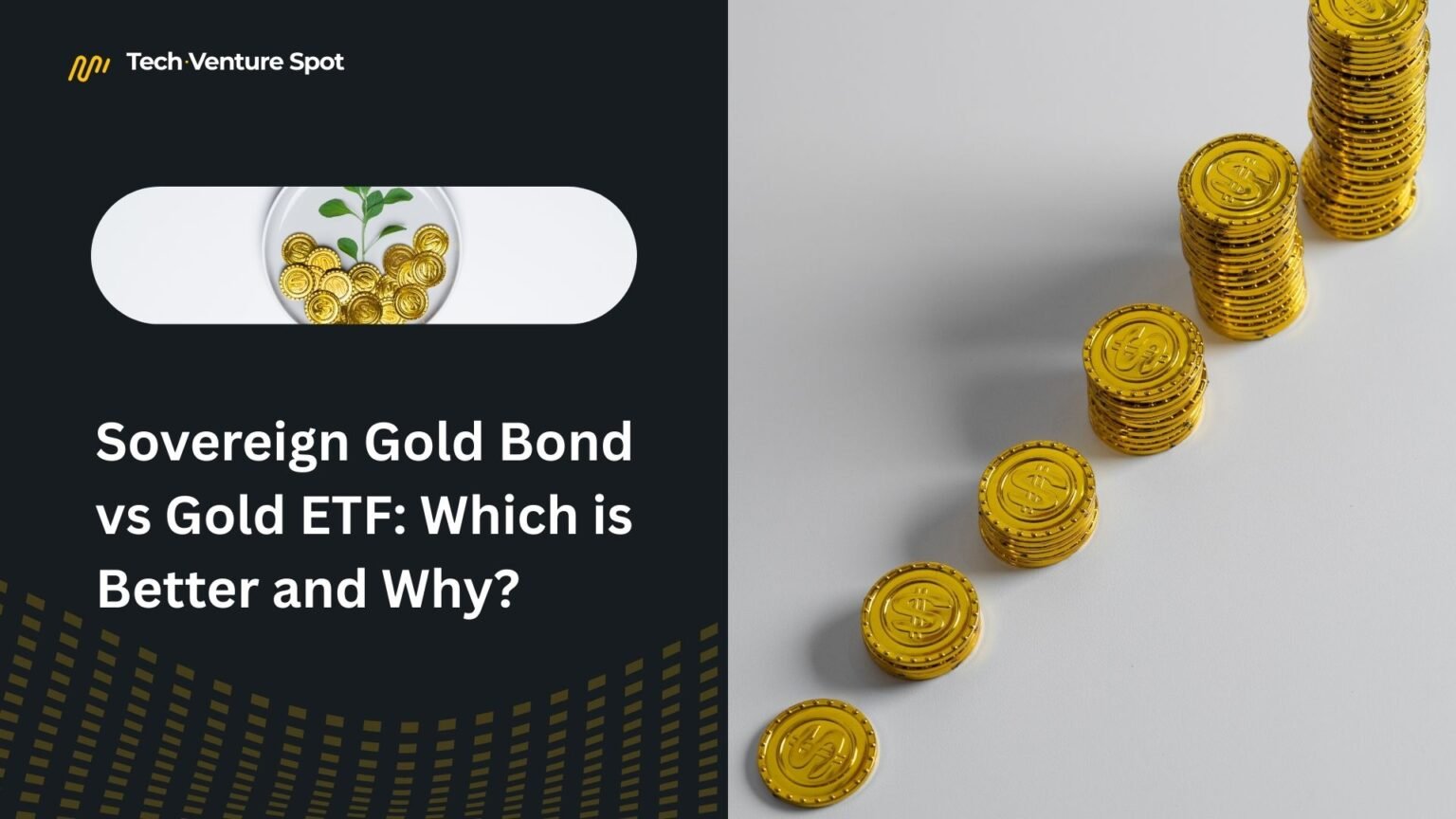
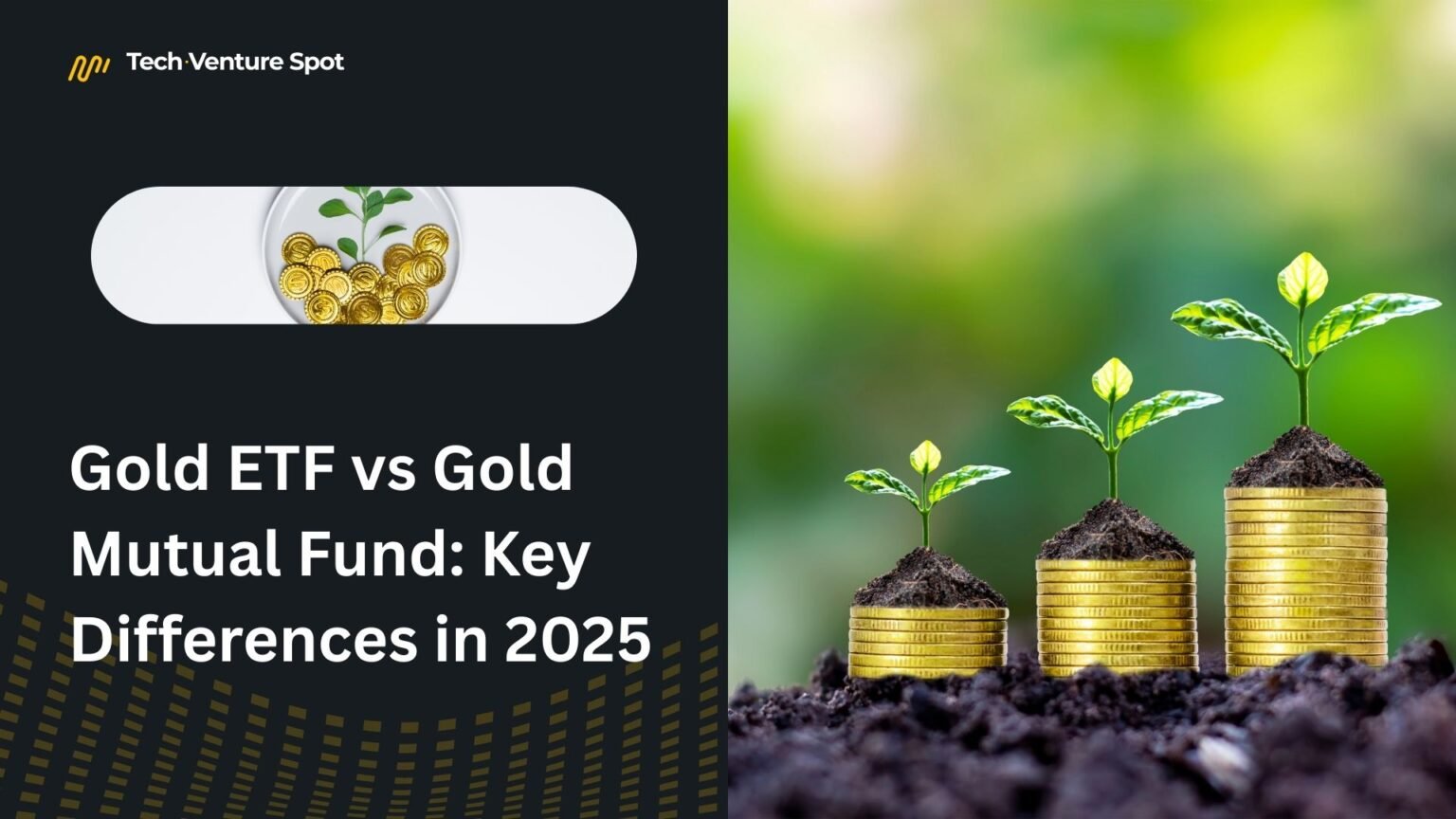
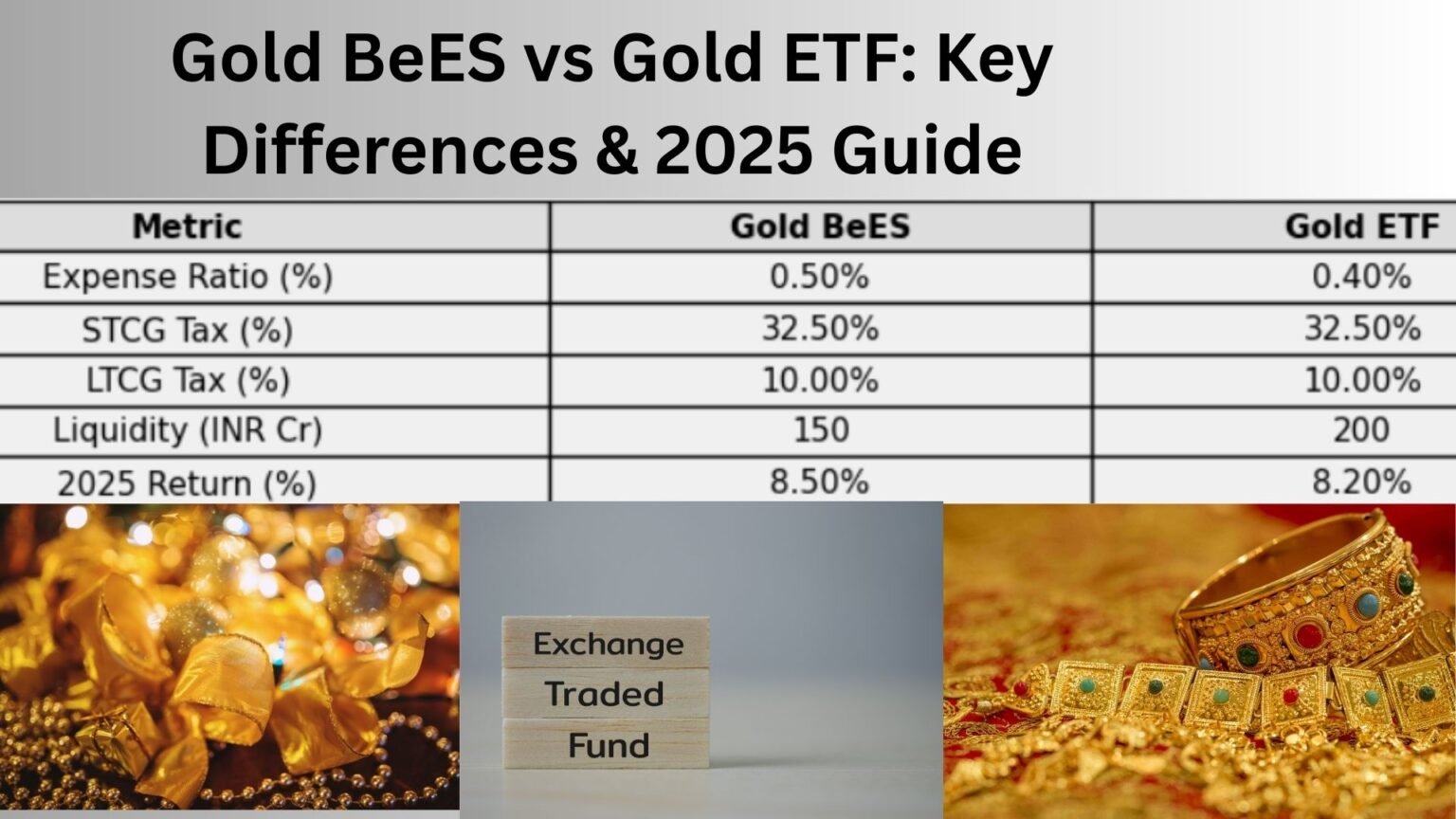
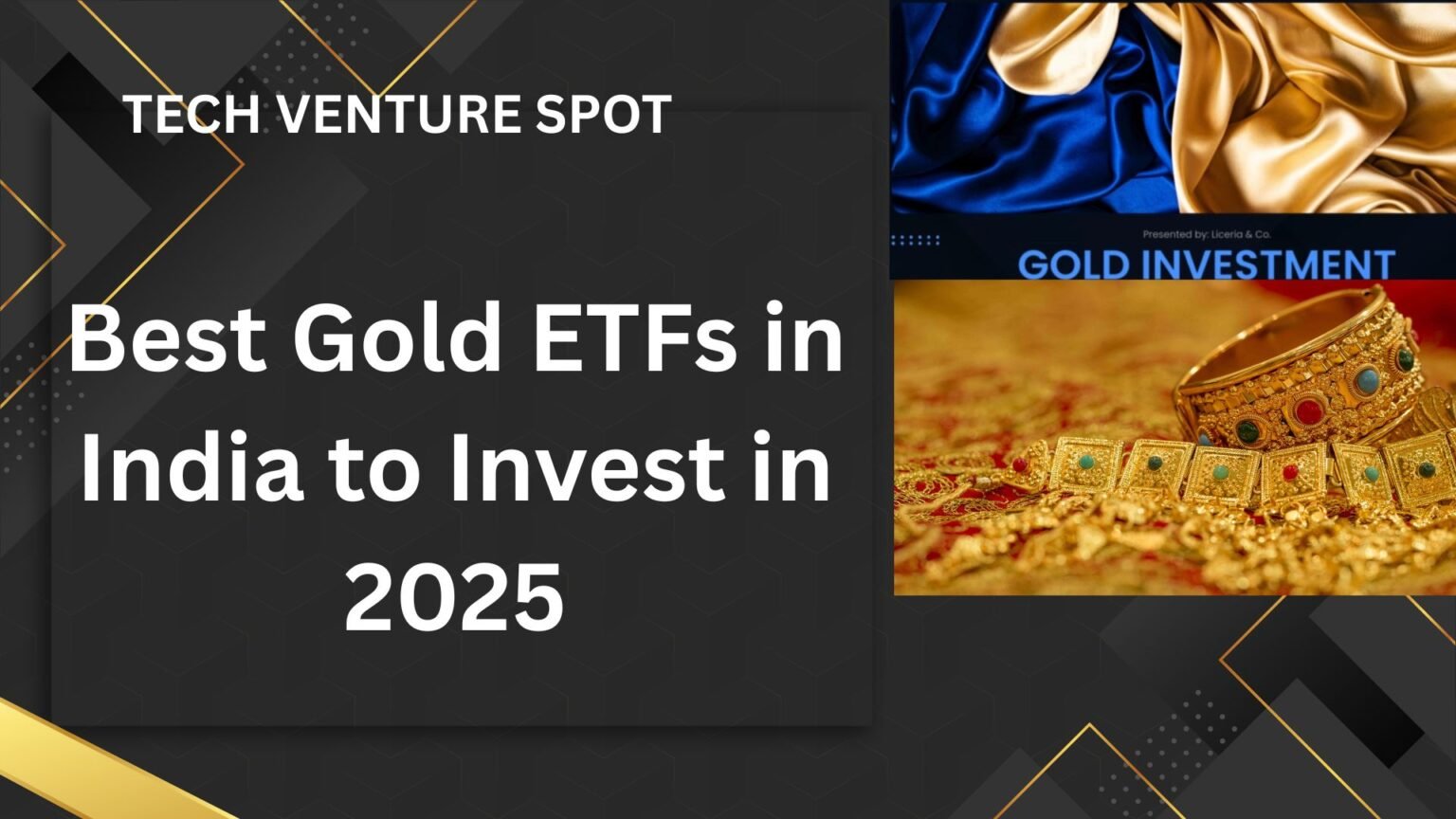
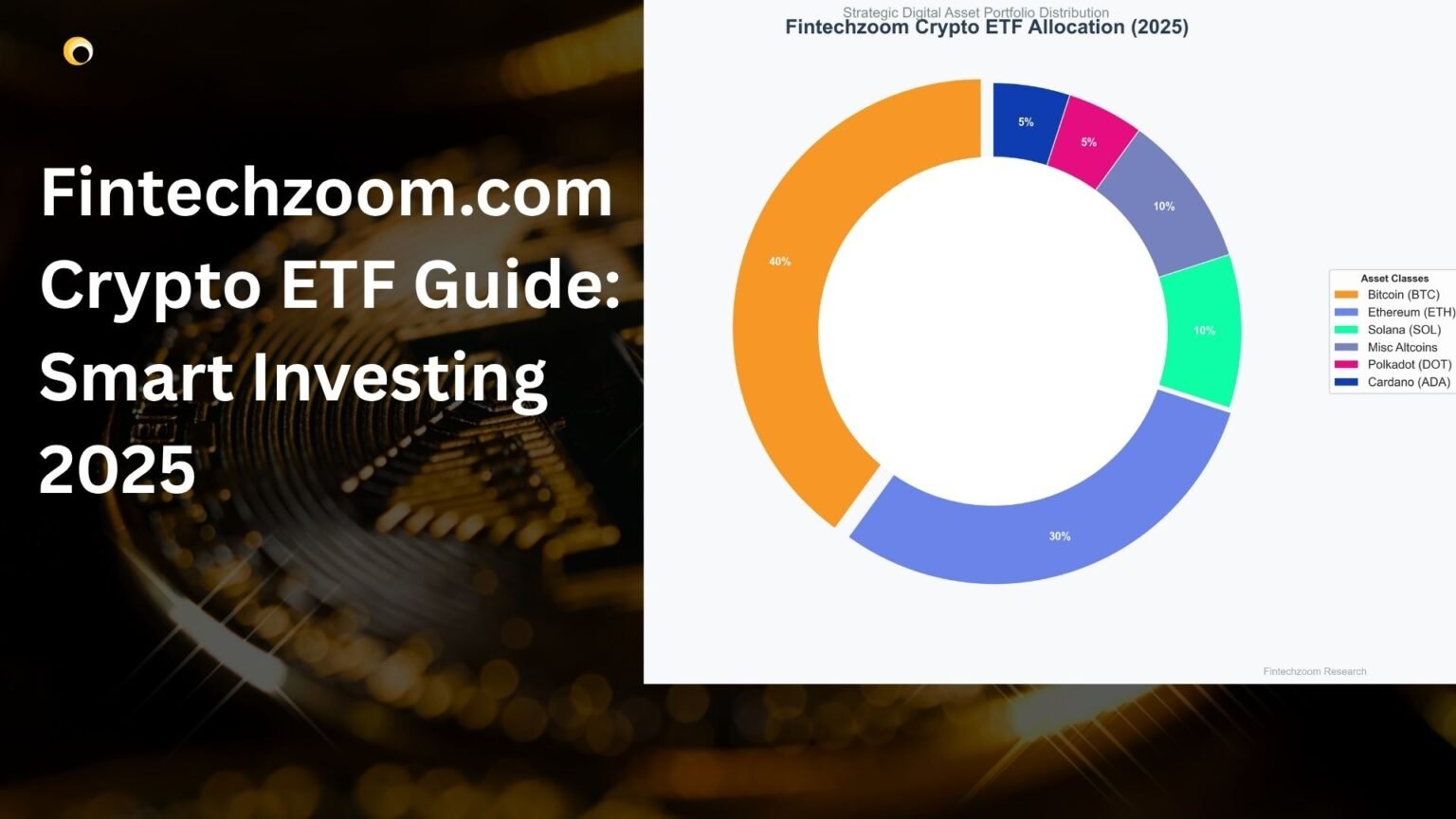
Pingback: Mirae Asset Gold ETF NAV, Returns & Review
Pingback: Mirae Asset Hang Seng TECH ETF – Overview, NAV & Returns